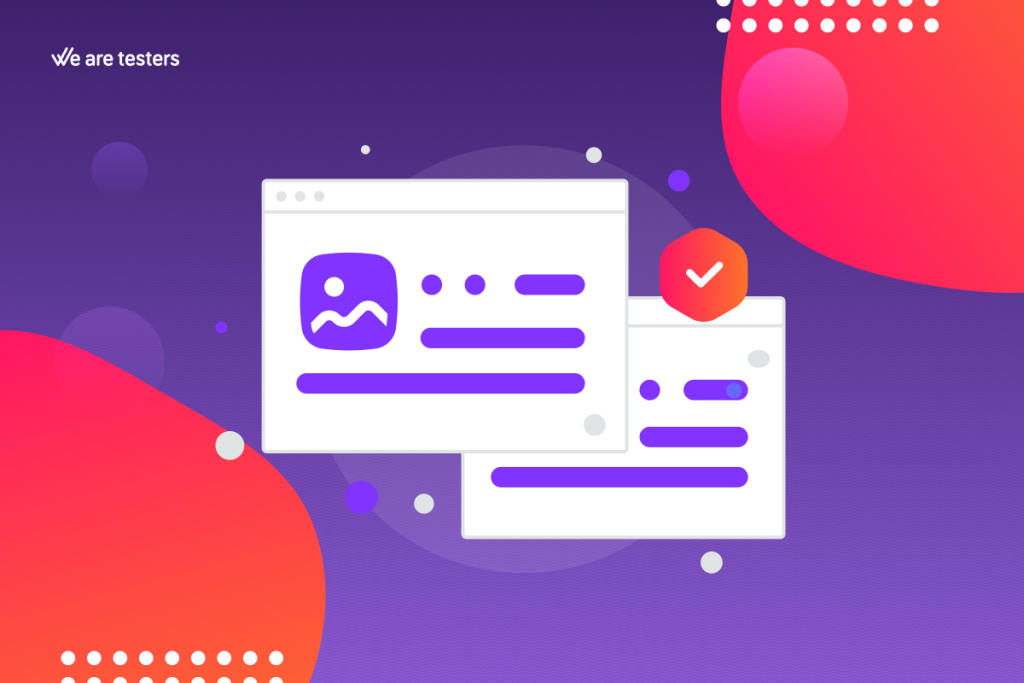
Thinking aloud testing is a fundamental usability test in the repertoire of UX researchers. Listening to how users formulate their thoughts out loud when faced with specific tasks in a digital environment is the best way to easily discover opportunities to improve web and app designs. Today we explain to you what thinking aloud testing is and how to create your own tests in a simple way.
What is thinking aloud testing?
Thinking aloud testing is a technique used in product usability evaluation. It consists of asking participants to verbalise their thoughts while interacting with a digital product. This technique allows UX researchers to understand how users perceive and use the product, identify usability errors and gain valuable information to better meet user expectations and needs.
Thinking aloud testing is a qualitative test. Its purpose is not to quantify the amount of users encountering a usability problem – there are other UX tests for that – but to understand how the user thinks when interacting and what goes through their mind when they find themselves in a situation that requires usability improvements. Thinking aloud testing helps finding possible improvements and providing us with rich information to understand how we should improve any aspect to adapt to the user’s way of thinking.
When to use thinking aloud testing?
Thinking aloud testing has two main use cases:
- In prototypes before launch. The UX designer or product team assesses how the design fits into the users’ way of thinking and how it could be improved before launching it in the market. Thinking aloud testing can take place at any stage of prototype development. It can work with images or with prototypes created in tools such as Figma or Maze. Furthermore, thinking aloud testing can be used iteratively. That is, it can be done at an early stage and then checked later to see if the new designs have improved enough and are more user-friendly.
- In production environments where you have identified a potential improvement opportunity and want to better understand how the user thinks before you start designing the improvement.
Advantages of thinking aloud testing
Thinking aloud testing has multiple advantages that make it a widely used tool in UX research.
- Cost-effective: a few thinking aloud tests are enough to find clues that can drastically improve a website or app. And to do each of them, it is enough to spend some time with a user and record their activity and comments while they perform the given tasks. That means that a large number of users is not required, although it is necessary to have an observer to help the user complete the test.
- In-depth information. As a qualitative test that allows the user’s thoughts to be collected while performing the tasks, a full-array of details are collected about what the user expects to find and how the user decides what steps to take in order to successfully complete the task.
- Compelling information. By recording the users’ thinking, video clips can be used in team discussions to disseminate in a very visual way the nature of the problem requiring improvement.
- Versatile. It has applications at different stages of the creation stage or even after product launch, making it a solution capable of establishing itself as a standard for the enhancement of digital environments.
The most frequent criticism of thinking aloud testing is that when testing, the user has a different disposition than when confronted with a real-life situation. When we are observed, we can rationalise what we do more and we are likely to put more effort into completing the task successfully as expected. In real life, we may have less tolerance for usability errors and we may abandon the task before it is completed.
How to create a thinking aloud test?
Creating an effective think aloud test requires careful planning and execution. Here are some practical tips on how to do it successfully:
Design your thinking aloud test
- Set clear objectives: Before you start, clearly define the objectives of the test: What do you want to learn? What specific problems are you trying to identify or solve?
- Design realistic scenarios: Develop a set of realistic tasks that are representative of the actions users would normally perform with the product. The tasks should be clear, specific and focused on the areas you want to evaluate.
- Prepare a facilitator’s script: Create a detailed facilitator’s script that includes instructions for participants, questions to be asked before and after the test, and any other relevant information.
- Set up the test environment: Make sure the test environment is comfortable and free of distractions and upload it into the software you will use for testing if it is performed online. Test it as if you were a user to check that everything works as you would expect.
Select the sample for your test
- Select representative participants: Recruit participants who are representative of the product’s target audience. Consider factors such as age, gender, technological experience and any other characteristics relevant to your audience. To recruit them, you can use your own databases or access a panel of consumers and users such as the one We are testers provides. Since it is made up of people who have signed for participating in research, it will be easier and quicker for you to convince them to actually participate. And we’ll take care of the incentives for you.
Carry out your thinking aloud test
- Instruct participants: Before starting the test, instruct participants on the purpose of the test, how to perform it, and how to verbalise their thoughts out loud while going through the tasks. Keep in mind that using an digital product while thinking out loud requires a double effort for users and it is easy for them to get distracted. It is therefore very important to make this clear before starting the test and perhaps remind them during the test if necessary.
- Encourage honesty: Make sure participants feel comfortable expressing their thoughts and opinions without fear of judgement. Encourage them to be honest and provide candid information.
- Let them speak. When organising thinking aloud testing, our role is to be observers rather than moderators. Make sure that the user understands what they have to do and encourage them to express their thoughts, but do not influence their answers as the aim is to gather their own thoughts.
- Record the session: That way you can review it later and analyse the data obtained. This will allow you to capture all the participants’ comments and observations accurately and you will be able to use them as snippets in your communication with the rest of your team.
- Analyse the results: Review the recordings and take detailed notes on participants’ comments and observations. Identify usability issues and areas for improvement, and use this information to inform future design decisions.
By following these practical tips, you will be able to create an effective think aloud test.
Other UX tests to complement thinking aloud testing
As we have seen, thinking aloud testing is a qualitative UX research technique that helps us to better understand how users formulate their thoughts when faced with a task. This makes think aloud testing a perfect solution to combine with other quantitative UX tests to understand how often users encounter that problem. One such solution could be the first click testing that helps us understand what percentage of users find the right place to start a task.
Thinking aloud testing with We are testers
You can easily carry out your thinking aloud testing with the We are testers research platform. You will have direct access to users whose app usage habits we know and can select for you with just a few clicks. If you want to develop the test yourself, you can upload all the materials to the application and record the session while the user completes the tasks. In addition, the use of AI allows you to analyse the transcript of the sessions and identify the most common themes across sessions. And if you prefer us to provide you with an expert moderator, we can take care of everything for you.
Contact our research experts for full details.
Update date 31 March, 2024

